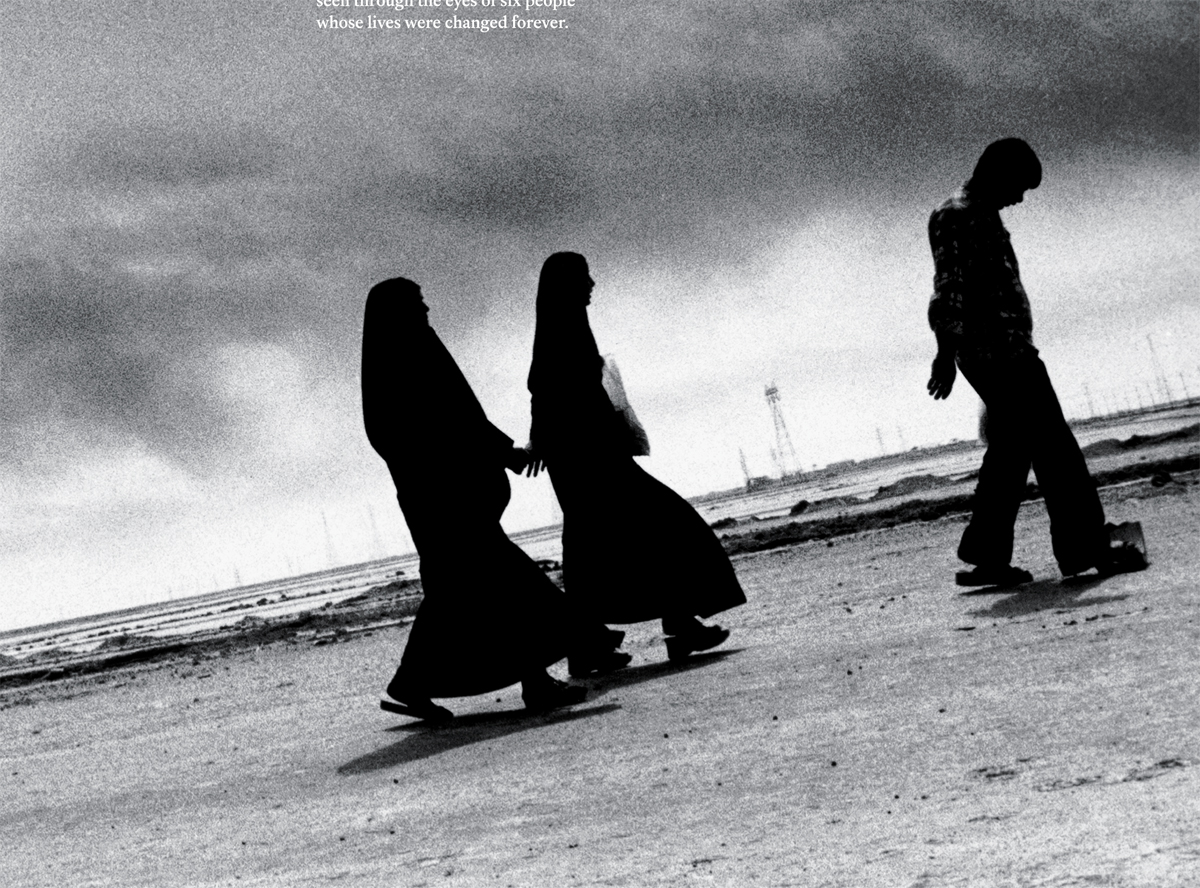Not long after Jake Silverstein was named editor of The New York Times Magazine in 2014, he had a dinnertime conversation with writer Scott Anderson and photographer Paolo Pellegrin, two longtime contributors to the magazine.
The subject? “A big, epic project,” timed to the fifth anniversary of the Arab Spring, that would take over the entirety of the magazine.
Looking back, they probably didn’t know how big it would get. Over time, the story grew to encompass the Iraq invasion. The rise of ISIS. The refugee crisis. A volatile political climate that had its roots in the 1970s. It became a “giant jigsaw puzzle” that required some serious editorial muscle.
“It involved some index cards, laying out a bunch of pages on the floor and walking around them,” Silverstein said. “It involved a lot of pounding our heads on the tables trying to figure out the math of how this would lead to that.”
The result, a tale that spans decades, 40,000 words and an entire issue of The New York Times Magazine, was published this morning. Titled “Fractured Lands: How the Arab World Came Apart,” the five-part saga is unusual in its scope, a sweeping chronicle told through the eyes of six characters spread across five different countries.
Another reason the story is unusual: It doesn’t have any ads. In print and online, the story is devoid of promotional messages, thanks to funding from the Pulitzer Center.
“What Scott wrote is basically a book,” Silverstein said. “It’s 40,000 words, it’s one voice. It feels like a book. And we thought it would be really cool for readers to get it in their hands and have it feel like a book, which is to say: No breaks from the continuous narration of Scott Anderson. No advertisements, nothing but Scott’s words and Paolo’s pictures.”
The Pulitzer Center got involved with the story earlier this year, when it began talks to support some virtual reality storytelling from the magazine. Coincidentally, the story included a virtual reality movie from photojournalist Ben Solomon, who eventually went on assignment with the Iraqi military in May as they were fighting to retake the city of Fallujah from ISIS.
The Pulitzer Center agreed to back the virtual reality story, and when the Times asked if they’d consider supporting the entire issue, they were on board for that, too. It resulted in the largest grant ever from The Pulitzer Center to The New York Times and could set a precedent for grant funding big, ambitious projects in the future, Silverstein said.
“It’s not a model for a regular, week-by-week issue of the magazine,” he said. “But increasingly, there’s a real opportunity — maybe even a necessity — for magazines and newspapers to be thinking outside of the bounds that we do day after day to conceive of big, special projects that cross platforms and combine technologies to do things that have a variety of outputs bound together under one big idea.”
The virtual reality movie is the first that The New York Times has ever filmed from a conflict zone, a situation that raised the stakes on familiar questions for the magazine, Silverstein said.
Bringing viewers to the front-lines meant weighing the benefit of providing an empathetic experience against the potential for trauma the movie might convey. But ultimately, they came down on the importance of showing readers what was happening. And they even worked some light humor in.
“There’s a scene where (Solomon) is nervous about what he thinks is the sound of what he thinks is an incoming shell and all the Iraqis are laughing at him because it’s an outgoing shell,” Silverstein said.
In the movie, Solomon is also on-screen as a person experiencing the action, rather than an off-screen presence — a practice that is verboten among photojournalist purists but Silverstein says is actually more transparent.
“I don’t think there’s anything deceptive about that,” he said. “It’s not like when the journalist is hidden, the subjects are any more or less natural when the journalist is present. I think it’s a little more straightforward for the journalist to press record and back up a few steps and say, ‘what you see is what you get.'”
The New York Times Magazine is one of a few general-interest magazines in the U.S. that still has the wherewithal and resources to tell a story of this magnitude, reporting across multiple countries and several decades. So why did Silverstein decide to bet big on the Arab Spring?
The event, he says, has had a huge effect on events around the globe, including the rise of ISIS, the refugee crisis and Brexit referendum.
“It’s the kind of crack at the center of the world that has released this uncertainty and violence and terror that is occupying some corner of everybody’s waking thoughts,” Silverstein said.






